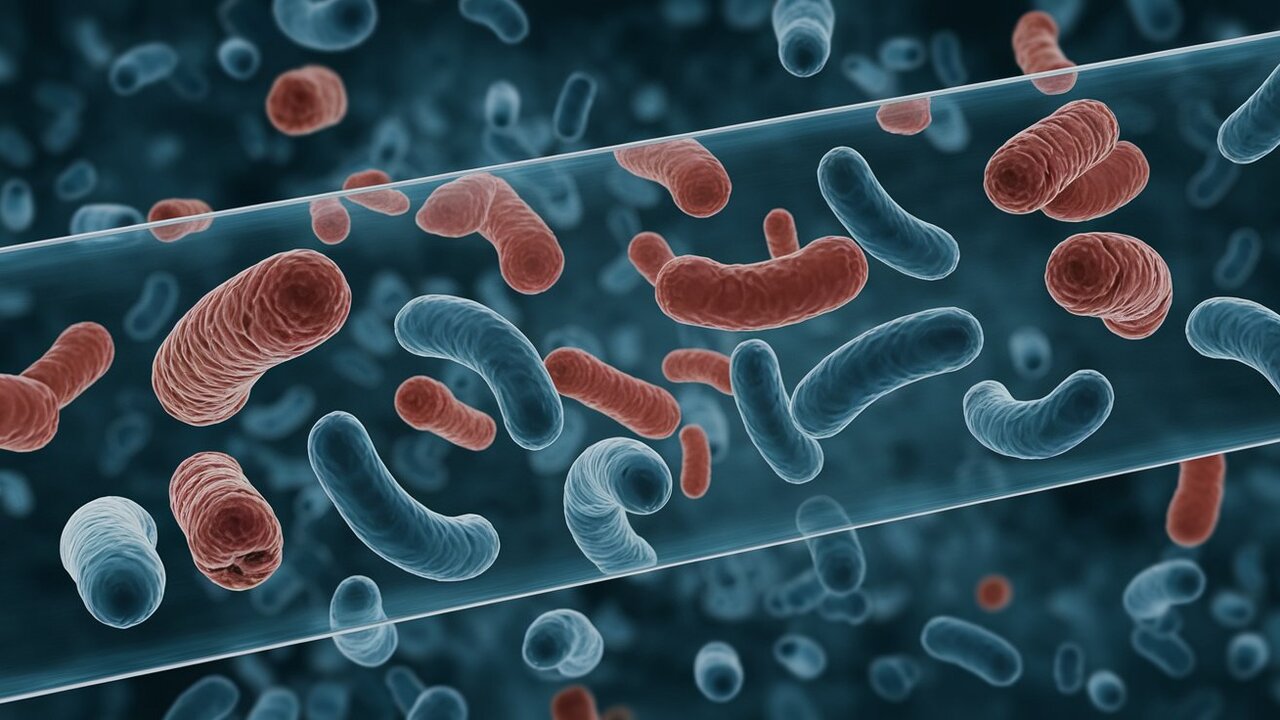This development allows us to better study the rhizosphere, the area of the soil where plant roots interact with microorganisms. This is critical for understanding how bacteria help plants take up essential nutrients like phosphorus.
CFAST (Complex Field and Fluorescence Microscopy using Aperture Scanning Technique) technology combines both methods in a single optical instrument to create 3D images of microbial communities faster and with less damage than traditional microscopes.
Current experiments were conducted outside of soil under simplified conditions, but the scientists plan to further develop the technology to accurately image roots and bacteria.
Source: Ferra
I am a professional journalist and content creator with extensive experience writing for news websites. I currently work as an author at Gadget Onus, where I specialize in covering hot news topics. My written pieces have been published on some of the biggest media outlets around the world, including The Guardian and BBC News.










